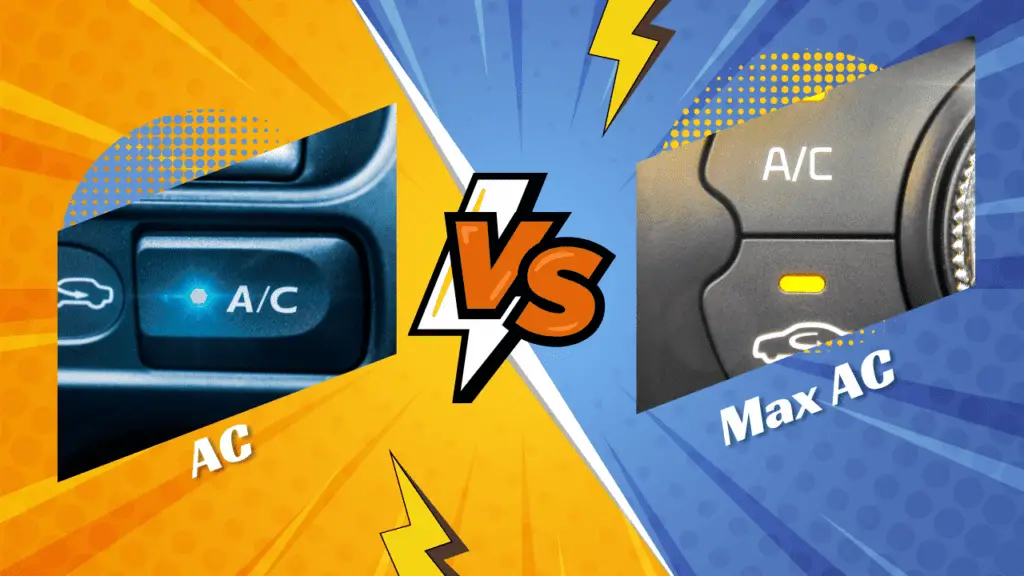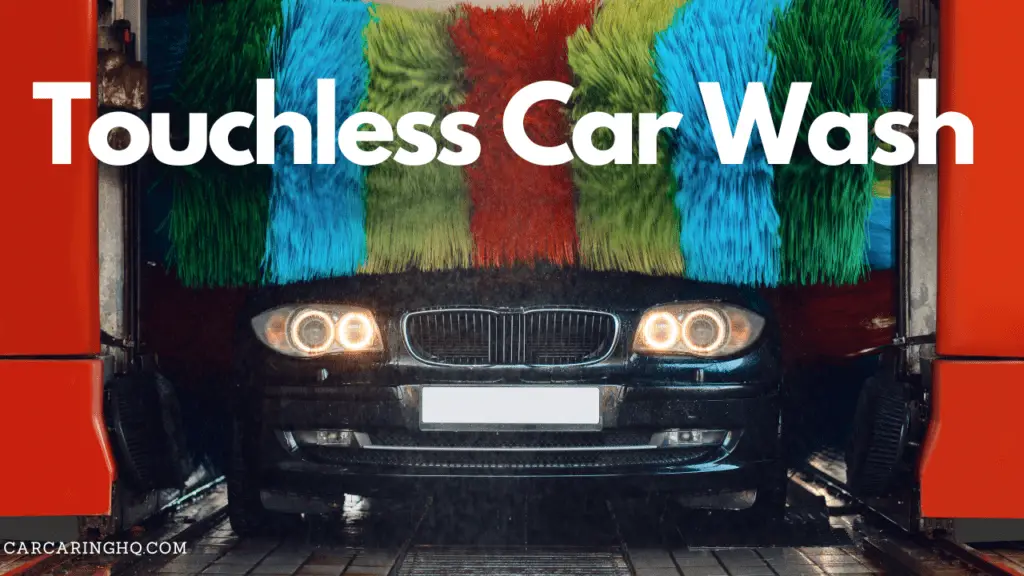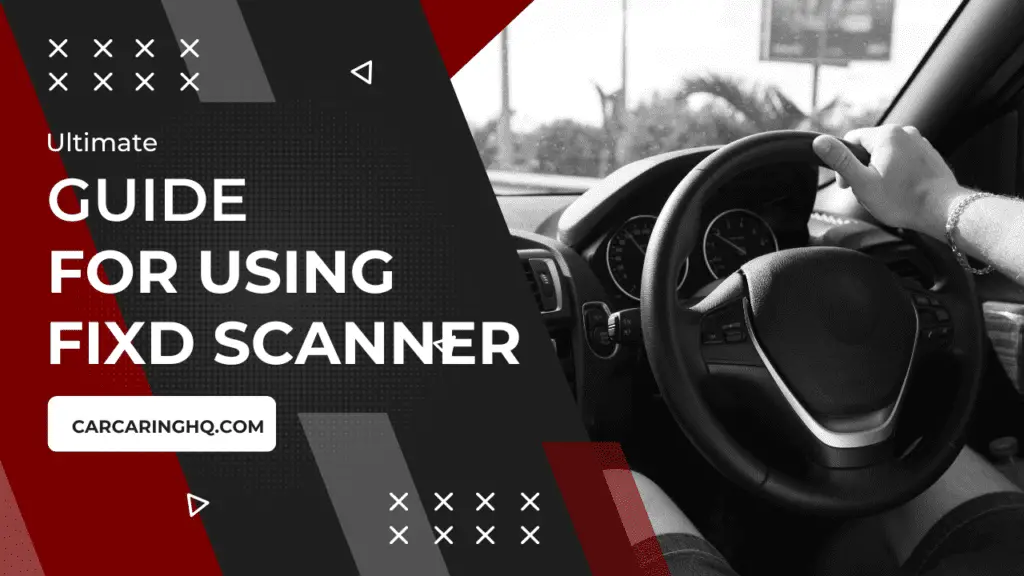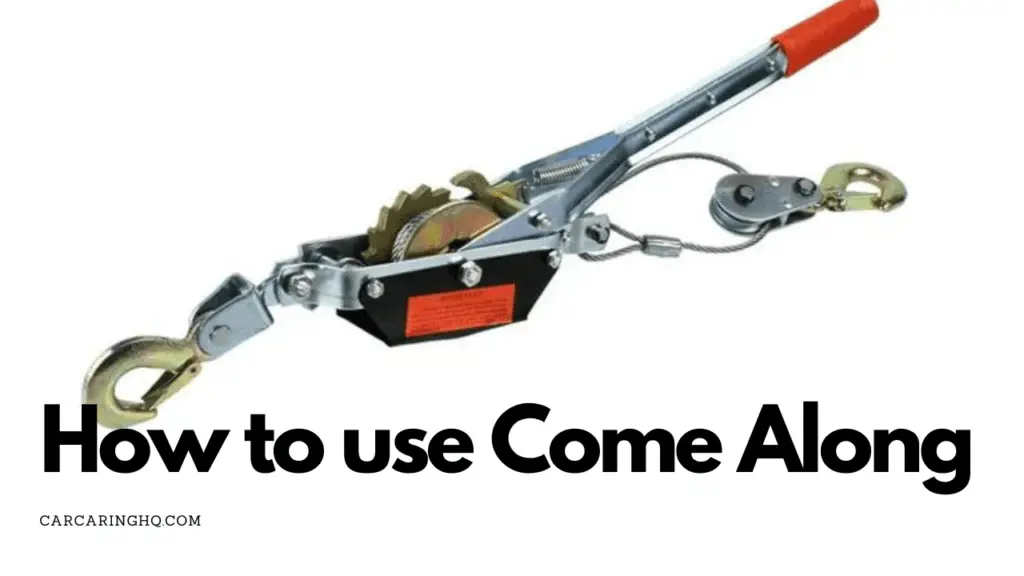Your car’s exterior is constantly exposed to various elements, and over time, the sun’s harsh UV rays can take a toll on its paint. Sun damaged car paint can lead to fading, oxidation, and a dull appearance.
However, with the right techniques and products, you can restore your vehicle’s shine and protect it from further damage. This article outlines step-by-step instructions on how to repair sun damaged car paint and bring back its luster.
Table of Contents
Introduction
The sun’s ultraviolet (UV) rays can cause gradual damage to your car’s paint, resulting in faded and dull surfaces. However, there’s no need to fret—repairing sun damaged car paint is possible with the right tools and techniques.
By following the steps outlined in this guide, you can bring back the brilliance of your vehicle’s paint and enhance its overall appearance.
Understanding Sun Damage to Car Paint
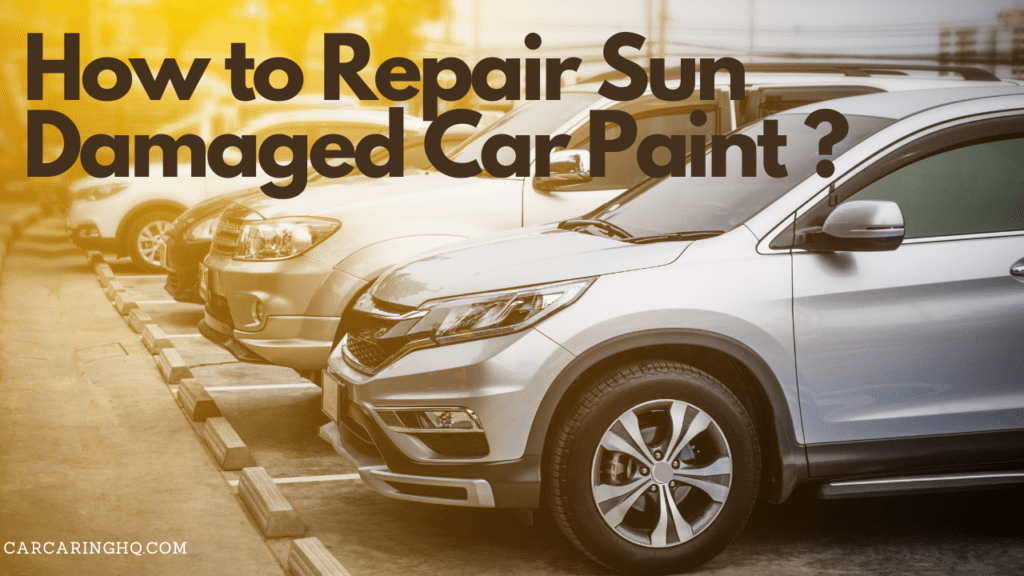
Exposure to UV rays breaks down the protective layer of clear coat on your car’s paint, leading to oxidation, fading, and a chalky appearance.
Over time, this damage can become more pronounced and affect the car’s resale value.
Repairing sun damaged car paint involves a combination of cleaning, polishing, and protecting the paint’s surface.
Preparing for Paint Restoration
Washing and Drying
Before you begin the restoration process, ensure your car is clean.
Wash it thoroughly using a gentle car wash soap and a microfiber mitt.
Rinse off any dirt and debris to prevent scratching the paint during the restoration.
Surface Inspection
Carefully inspect the car’s surface for areas of fading, oxidation, and other damage.
This will help you determine the extent of the repair needed and which areas require special attention.
Restoring Sun Damaged Car Paint
Clay Bar Treatment
Using a clay bar is a crucial step to remove contaminants and embedded dirt from the paint’s surface.
Lubricate the surface with a clay bar lubricant and gently rub the clay bar over the paint. This process will leave the paint smoother and ready for the next steps.
Polishing
Polishing is essential to restore the paint’s shine and remove light surface scratches. Choose a high-quality polish and apply it using a foam or microfiber applicator pad.
Work in small sections, applying moderate pressure in circular motions. Wipe off the polish residue with a clean microfiber cloth.
Applying Paint Sealant or Wax
To protect the restored paint and enhance its shine, apply a paint sealant or wax. Paint sealants provide long-lasting protection, while waxes offer a deep, glossy finish.
Apply the chosen product using an applicator pad and follow the manufacturer’s instructions. Allow it to cure and then buff it off with a clean, soft microfiber cloth.
Preventing Future Sun Damage
Regular Washing and Waxing
Regularly washing your car and applying wax creates a protective barrier against UV rays and environmental contaminants. Waxing also maintains the paint’s shine and prevents premature fading.
Using Car Covers
Using a car cover when your vehicle is parked outdoors shields it from direct sun exposure.
Car covers provide an additional layer of protection against UV rays, bird droppings, and other potential sources of damage.
Parking in Shade
Whenever possible, park your car in shaded areas to minimize direct sun exposure.
Parking under trees, structures, or using sunshades can significantly reduce the risk of sun damage.
Conclusion
Repairing sun damaged car paint is a manageable process that involves cleaning, polishing, and protecting the paint’s surface. By following the steps outlined in this guide, you can restore your vehicle’s shine and safeguard it against future sun damage.
Regular maintenance, such as washing, waxing, and using car covers, will contribute to preserving your car’s appearance and value.
FAQs
1. Can I use household cleaning products for paint restoration?
It’s recommended to use products specifically designed for car paint restoration to avoid damaging the paint further.
2. How often should I wax my car to prevent sun damage?
Waxing your car every 2 to 3 months can help maintain a protective barrier against UV rays and environmental elements.
3. Are car covers effective in preventing sun damage?
Yes, car covers provide effective protection against direct sun exposure, as well as bird droppings and other contaminant.
4. Can I use an electric buffer for polishing?
Yes, electric buffers can be used for polishing, but they require proper technique to avoid causing damage to the paint.
5. What if the sun damage is extensive? Should I consider professional help?
If the sun damage is extensive or if you’re unsure about the restoration process, seeking professional help from a reputable auto detailing service is a wise choice.

